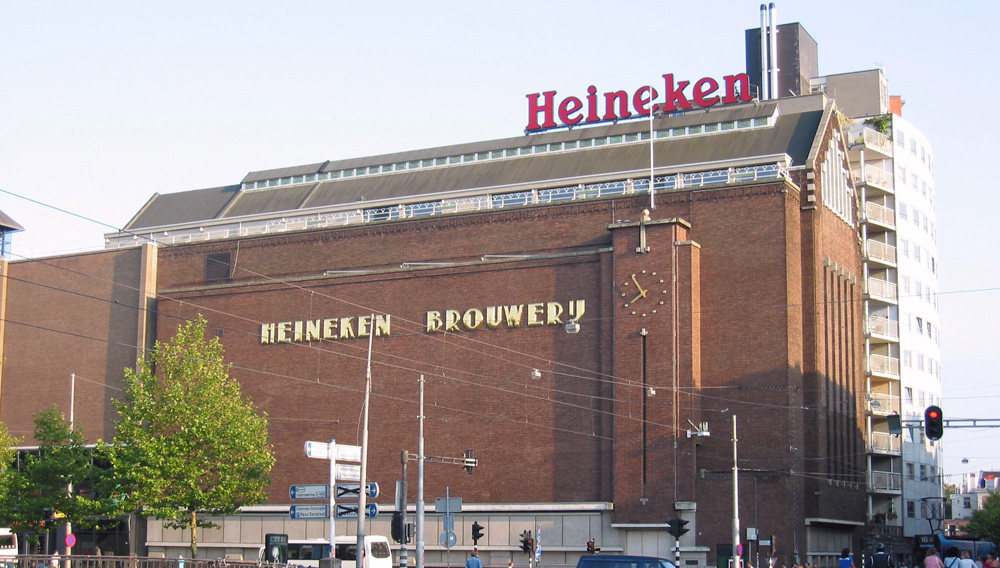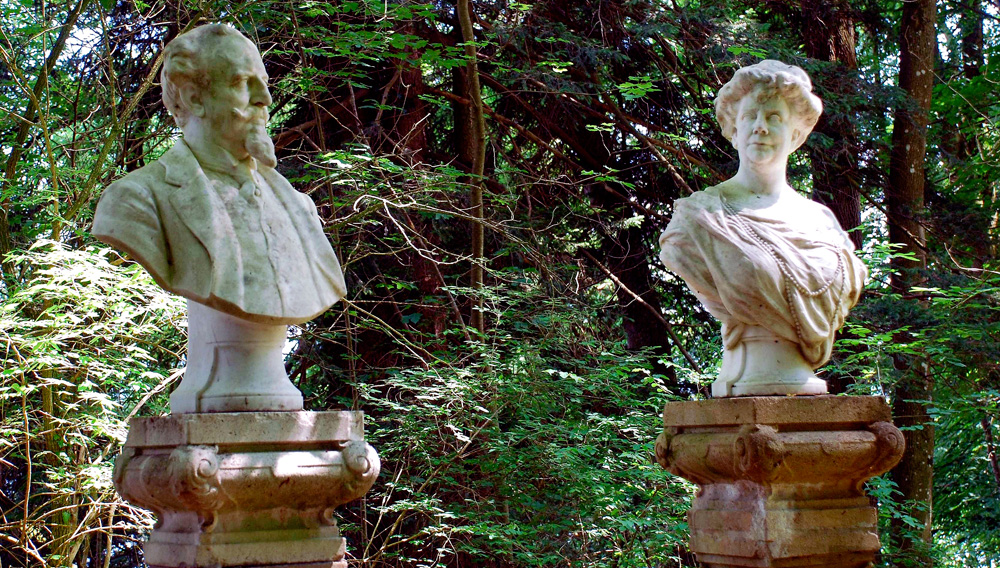
Birth of a Global Brand | There are some brands of beer that are famous the world over. As the second largest brewer on the planet in terms of production volume, Heineken undoubtedly belongs to this elite group. It is therefore even more surprising that very little is actually known about the man who founded the brewery and gave it his name: Gerard Adriaan Heineken. He laid the foundation for what would become the Heineken dynasty, even if he was not a particularly flamboyant figure in its history. Consequently, it is high time that the few facts known about his life are presented here as part of this series.

Resilience | Since Russia’s invasion of Ukraine on 24 February 2022, war has been raging in the east of the country. Our author Dr. Markus Fohr spoke to Taras Lozhenko, the Ukrainian owner of Octo Microbrewery in Cyprus, and Lana Svitankova, the first Ukrainian beer sommelier living in Switzerland, about the difficult state of the Ukrainian brewing industry.

Comparison of varieties | Who isn’t familiar with the following problem? You order a round of different beers in the pub and when they reach the table, all of the glasses look the same – all yellow, all cloudy, all with a good foam development. Beer expertise is now called for. Following the start of this series with German classics Helles, Märzen and Export, we now turn our attention to Belgium, France and the Netherlands, and again to Bavaria and Austria.

Mr. Budweiser | His life’s work, versatile business acumen and success rightly rank Adolphus Busch as one of the giants of brewing history. However, his private life was also remarkable. He was the founding father of the Busch bloodline and would go on to build an American brewing dynasty. As one of the most prominent families in the United States, they would continue to reliably make headlines for decades to come. Yet, like many emigrants to the US in the 19th century, his roots lay in Europe, or more precisely, in Mainz, Germany.

The value of age-old crafts | Those interested in brewing history usually have to conjure up notions of what it would be like to brew beer in the “foreign country of the past” from old and dusty tomes (or their digital facsimiles) which at times contain only vague written references to exactly what went on in the brewery. However, there is a place where it is possible to spend the day in a brewhouse working with tools from the early 1700s. The authors were able to experience this for themselves at a working replica of a 300-year-old brewery, a mere day trip from Munich.

Comparison of varieties | Brewers know which beer is which – even if it sometimes looks the same. But can you explain the fine differences so that beer drinkers can also appreciate them? Clear sensory distinction and description simplify communication with consumers. This is why BRAUWELT International has started a new series together with Axel Kiesbye that presents popular beer styles and possible candidates for confusion. In part one of our comparison of beer varieties, we’ll be dealing with the filtered, bottom-fermented, golden yellow classics common to the German-speaking regions of the world.
The rural movement | Experimenting with mixed fermentation, working local, brewing with foraged or home-grown ingredients – this is all typical of what are known as farmhouse breweries. This approach has given rise to a scene that brews authentic, independent, high-quality beers on a small scale well away from the big urban centres and irrespective of all trends. BRAUWELT International author Sylvia Kopp reports on two protagonists of this movement whom she met in the USA and Belgium.

The great Danes | For the first time in this series, two people are honored in one article whose lives and works are so intertwined that it is impossible to consider them separately. This installment outlines the contributions of brewing entrepreneur Jacob Christian Jacobsen and one of his most important employees, Emil Christian Hansen. Jacobsen became one of the greatest philanthropists of his time, while Hansen, a scientist, gave the world of beer a significant achievement, the technique for isolating pure cultures of the brewing yeast Saccharomyces carlsbergensis.

First craft brewer | When the impending closure of Anchor Steam Brewery appeared in the news in July of 2023, a cry of shock and dismay seemed to course through the internet (yes, even in the venerable BRAUWELT International Newsletters). Not simply because another brewery was closing but because it was THIS brewery. Günther Thömmes looks back at the brewery’s history and highlights its influence on craft brewing in the USA.

The creator of pilsner | There are only a few beer styles whose creation or invention can be traced to a precise date – and to a single person. The fact that this applies to the world’s most widely drunk beer makes the achievements of this particular brewmaster from Lower Bavaria all the more significant. Raise the curtain for Joseph Groll.

Burton Union System | The latest installment in the series “The giants of brewing history” takes us to England, more precisely, to Burton-on-Trent. Bass was a name known to almost everyone in the 19th century – and not just in England. The brewery was run by the Bass family for several generations, with Michael Thomas Bass being the most prominent figure. To avoid confusion with his father of the same name, we will refer to him as “the Younger”. Under his aegis, the Bass Brewery evolved into one of the largest breweries in the world.




